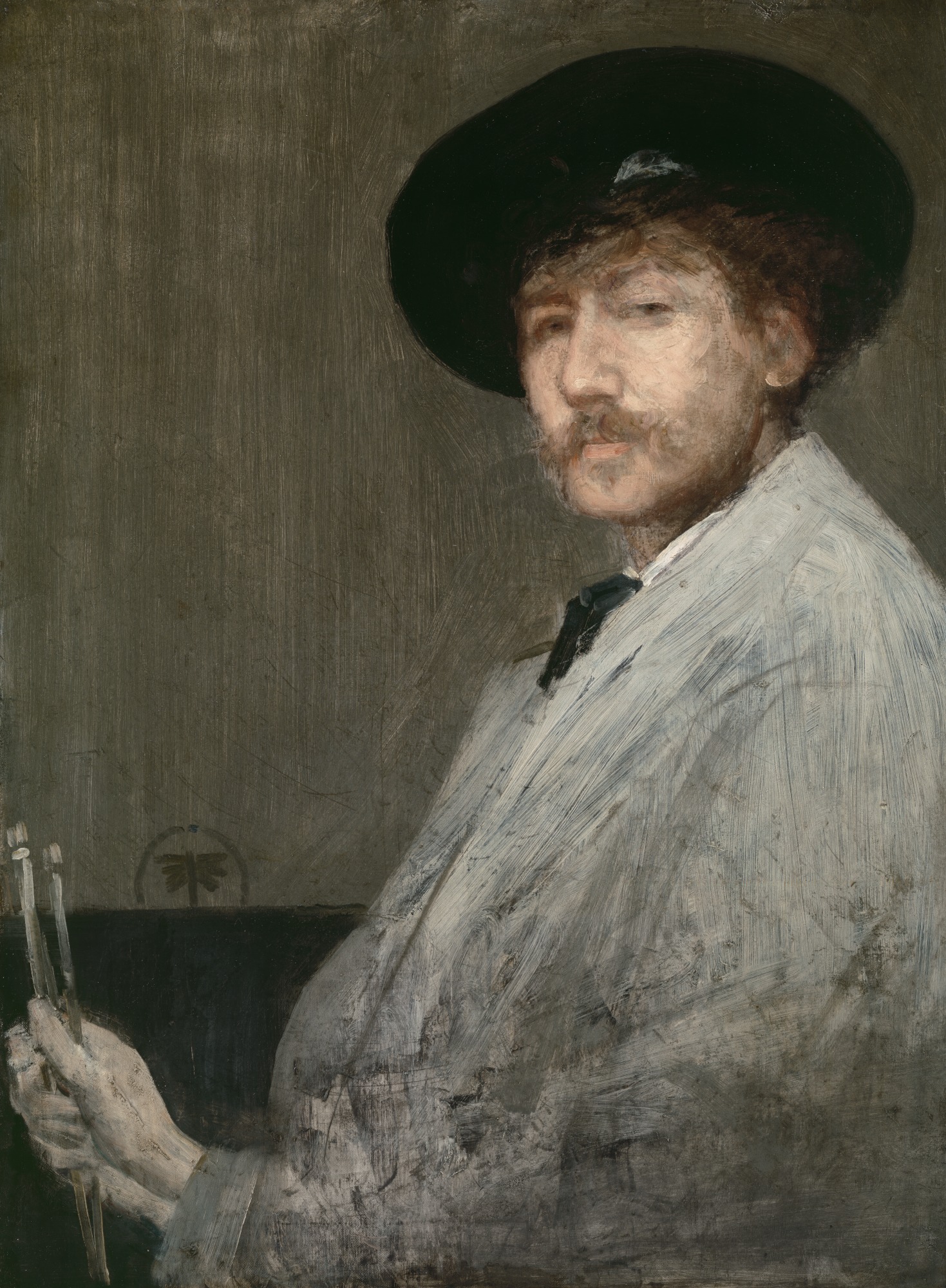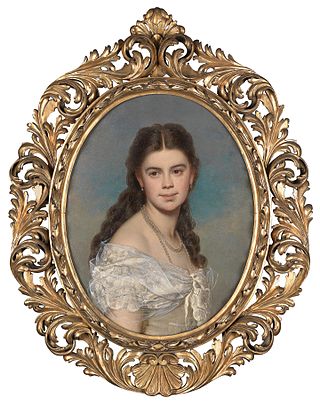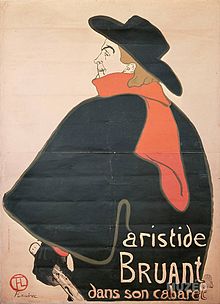p 395 | Pope Leo X (1475–1521), born Giovanni di Lorenzo de' Medici, was Pope from 1513 to his death in 1521. The 2nd son of Lorenzo the Magnificent, ruler of the Florentine Republic, he was elevated to the cardinalate in 1489.p396 | jarniguié ?
396 | friend of the actress" , little society of four friend
.jpg/300px-France_1788_Louis_d%E2%80%99or_(Louis_XVI).jpg) |
| from 1788 |
p 398 | Maurice Barrès (1862–1923) was a French novelist, journalist and politician. He became a figure in French literature with the release of his work The Cult of the Self in 1888. In politics, he was first elected to the Chamber of Deputies in 1889 as a Boulangist and would play a prominent political role for the rest of his life (anti-Dreyfusard).
p 398 | Urbain Le Verrier (1811–77) was a French mathematician who specialized in celestial mechanics & is best known for predicting the existence and position of Neptune using only mathematics.
p 398 | Léon Daudet (1867—1942), French journalist and novelist, the most virulent & bitterly satirical polemicist of his generation in France, whose literary reputation rests largely on his journalistic work & memoirs. Son of novelist Alphonse Daudet, his younger brother Lucien was Proust's friend. Léon's major journalistic achievement began in 1908, when he and Charles Maurras refashioned L’Action française into a daily paper of avowedly reactionary, nationalist, & royalist opinion. Daudet had published an antirepublican satire, Le Pays des partementeurs, in 1901, and his contributions to L’Action française showed the same satirical and Rabelaisian flavor. (Britannica, 1998)
p 398 | Percent of homosexuals (Charlus says 7 out of 10 or 70%). But...According to a study from the National Bureau of Economic Research, about 20 % of the population is attracted to their own gender. That’s nearly double the usual estimates of about 10%. (2013) France in 2015, is probably the least tolerant gay culture country in the list but it has numbers that are likely to surprise you. 1 out of every 10 men in France happens to be gay.
p 399 | Jacques-Bénigne Bossuet (1627–1704) was a French bishop and theologian, renowned for his sermons...He has been considered as one of the most brilliant orators of all time & a masterly French stylist. Court preacher to Louis XIV of France, Bossuet was a strong advocate of political absolutism & the divine right of kings. He argued that government was divine and that kings received their power from God. He was also an important courtier and politician.
p 402 | Amanien, Marquis d’Osmond: This character, nicknamed Mama, was the cousin of the Guermantes who was dying back at III 788-93 & 805-8, which disturbed the Duc & Duchesse's social plans.
p 402 | Pierre de Verjus, Comte de Crécy (Odette’s first husband): Marcel befriends him at Balbec at IV 657-61.
 |
| Self Portrait c 1872 |
 |
| Harmony in Pink and Grey: Portrait of Lady Meux |
.jpg)








